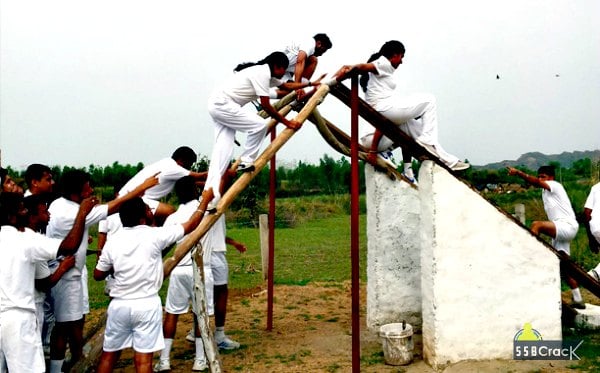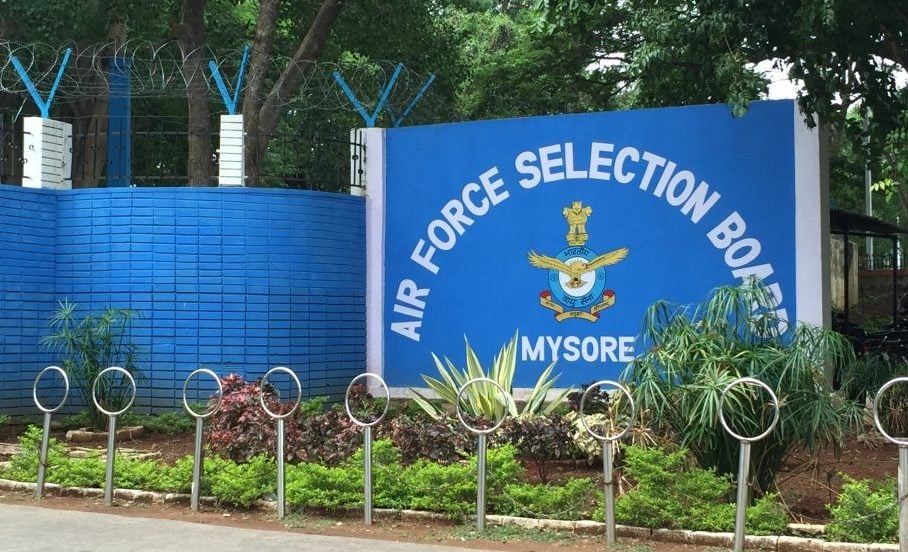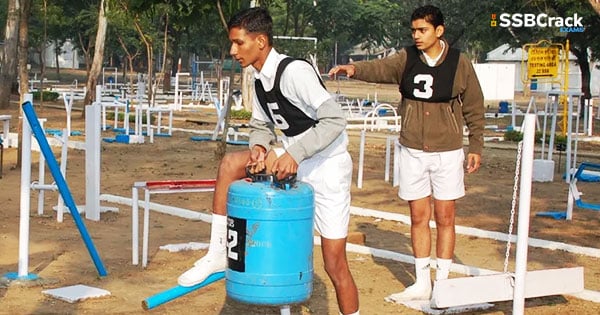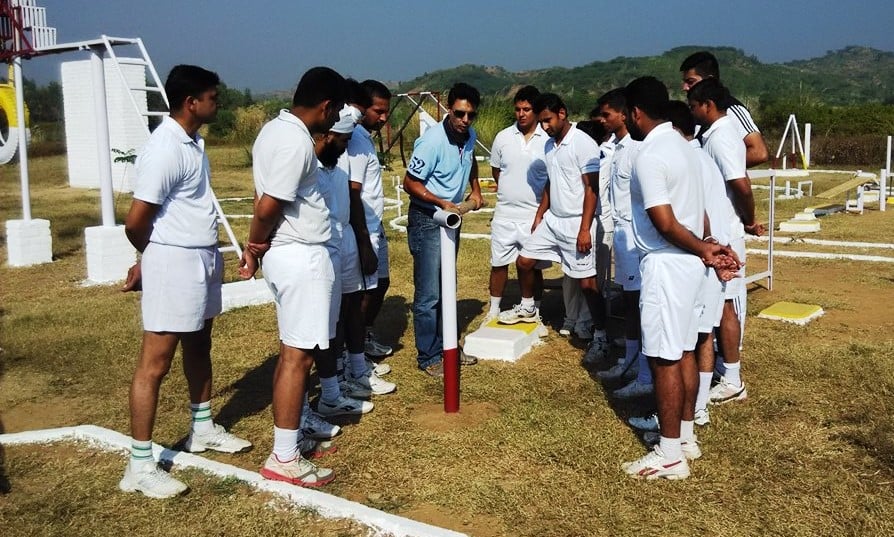The Snake Race is one of the most challenging and revealing tasks in the Group Testing Officer (GTO) assessment during the Services Selection Board (SSB) interview process. This activity, which serves to evaluate a candidate’s potential as a future officer, involves teamwork, physical endurance, and strategic thinking. Below is a comprehensive exploration of the Snake Race’s purpose, execution, challenges, and strategies for success.
What is the Snake Race?
The Snake Race is a collaborative obstacle course challenge in which candidates must work together to carry a “snake,” usually a long, heavy rope, through a series of obstacles. It is designed to evaluate not only the physical abilities of the candidates but also their capacity to work effectively as a team under pressure.
Purpose Behind the Snake Race
The GTO utilizes this task to assess several key qualities associated with effective leadership:
-
Group Cohesion: Observing how well candidates coordinate and operate as a unified team.
-
Leadership Abilities: Identifying individuals who naturally step up to guide their peers during critical moments.
-
Physical Resilience: Evaluating how candidates manage physical exertion and fatigue throughout the course.
-
Problem-Solving Skills: Assessing how the group tackles obstacles and adapts to unexpected challenges.
- Communication Effectiveness: Gauging how well candidates convey instructions and support one another.
How the Snake Race Works
In this task, groups typically consist of 8-10 candidates who must collaboratively transport the snake through various obstacles, which may include:
- Wall climbs
- Tire obstacles
- Balance beams and planks
- Water hurdles
- Trenches
- Rope sections
Before the race begins, the GTO explains specific rules that must be adhered to, including:
- The snake must never touch the ground.
- All members must maintain contact with the snake at all times.
- Team members must shout coordinated war cries.
- Obstacles must be navigated according to defined methods.
Common Pitfalls During the Snake Race
Candidates can often misinterpret the true aim of the Snake Race, leading to several common pitfalls:
-
Individual Competition Focus: Treating the race as a personal challenge rather than a collective mission.
-
Speed vs. Unity: Opting to race ahead without ensuring all team members are on pace.
-
Neglecting Team Members: Failing to assist those who struggle with obstacles.
-
Ignoring Rules: Breaking established guidelines in the rush to finish faster.
- Frustration with Members: Displaying impatience instead of offering encouragement to slower participants.
Keys to Success in the Snake Race
Candidates who excel in the Snake Race share certain attributes:
-
Effective Teamwork:
- Ensure that all team members contribute according to their strengths.
- Maintain a manageable pace that accommodates everyone.
- Use both verbal and physical cues for coordination.
-
Practical Leadership:
- Offer clear instructions during tough sections.
- Use positive reinforcement to motivate the group.
- Know when to lead and when to support other initiatives.
-
Active Support:
- Assist struggling members through challenging obstacles.
- Stabilize unstable elements during the race.
- Provide physical help for wall climbs and descents.
-
Strategic Thinking:
- Plan how to approach obstacles beforehand.
- Allocate positions based on individual strengths.
- Adapt quickly when initial strategies fail.
- Maintaining Morale:
- Lead or actively participate in war cries.
- Offer encouragement rather than criticism.
- Keep a positive attitude even in the face of setbacks.
The War Scenario Perspective
The Snake Race mimics battlefield scenarios where officers must lead their units through difficult terrain while preserving unit cohesion. Key lessons drawn from the race parallel those under combat conditions:
- No soldier is left behind.
- The unit’s strength hinges on supporting its weakest members.
- Communication remains crucial in stressful situations.
- Quick, effective decision-making can help overcome daunting obstacles.
Beyond Winning: The Real Assessment
While the time taken to complete the course is noted, GTO assessors primarily focus on behavioral attributes exhibited during the challenge:
- Do you show concern for fellow team members facing difficulties?
- Can you balance personal ambition with team success?
- How do you react when plans don’t go as expected?
- Are you able to stay composed under physical and mental strain?
- Can you adapt between leading and following as the situation demands?
Preparation Strategies
To excel in the Snake Race, candidates can adopt various preparation strategies:
- Build upper body and core strength to manage the heavy snake.
- Practice maintaining communication while under physical strain.
- Develop explosive strength for navigating obstacles.
- Enhance cardiorespiratory endurance for prolonged performance.
- Train mental agility to enhance problem-solving abilities under pressure.
Conclusion
The Snake Race serves as a microcosm of leadership challenges faced in military contexts. It reveals the candidates’ authentic leadership styles, teamwork dynamics, and character under pressure. Assessors look beyond mere physical capability, aiming to identify individuals who understand that success is a collective endeavor rather than a solitary pursuit. Ultimately, an effective officer recognizes that a mission only succeeds when the entire unit achieves its objectives. By focusing on teamwork, cohesion, and positive leadership throughout the Snake Race, candidates can effectively showcase the qualities sought by the Services Selection Board.
















